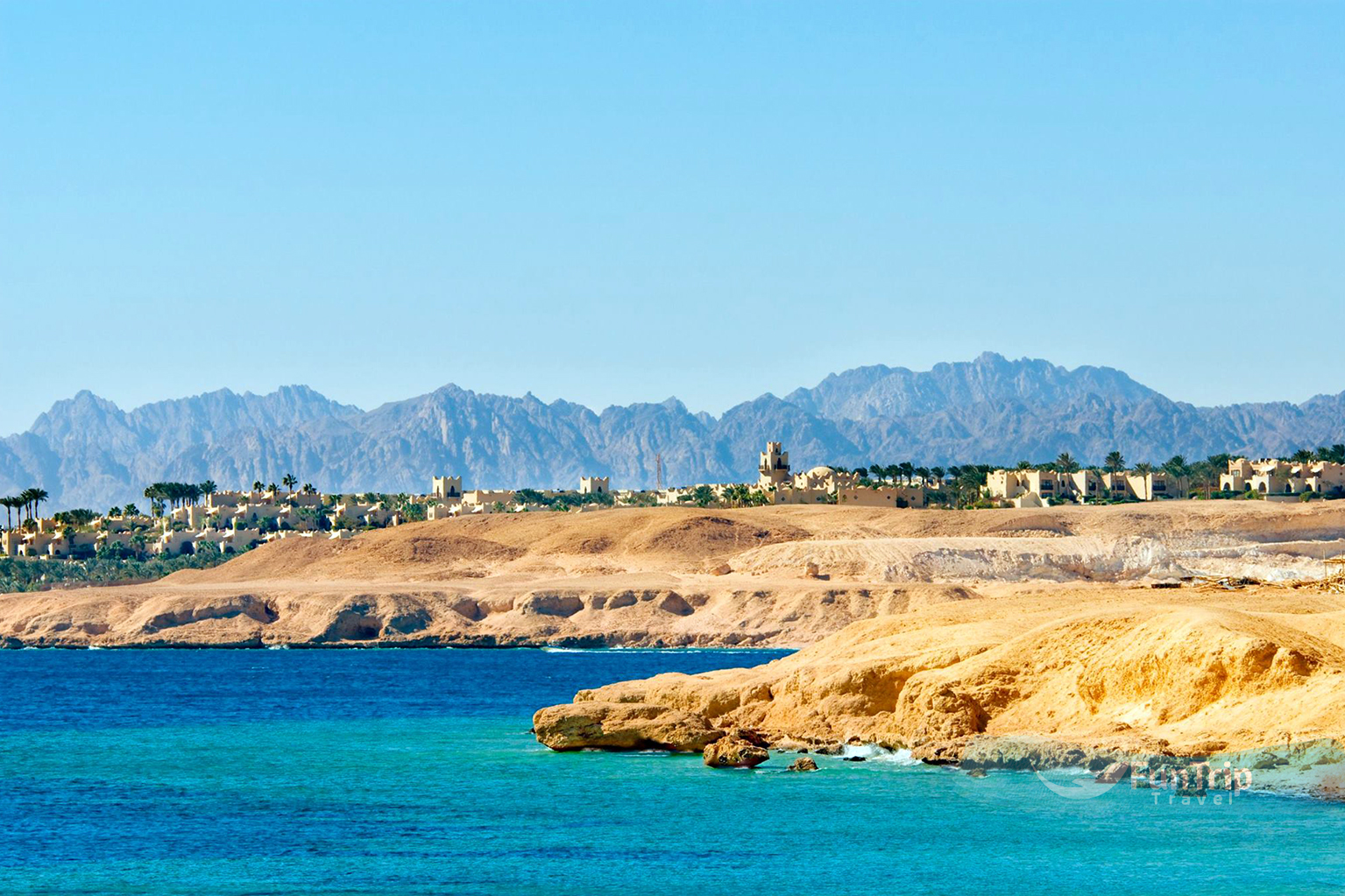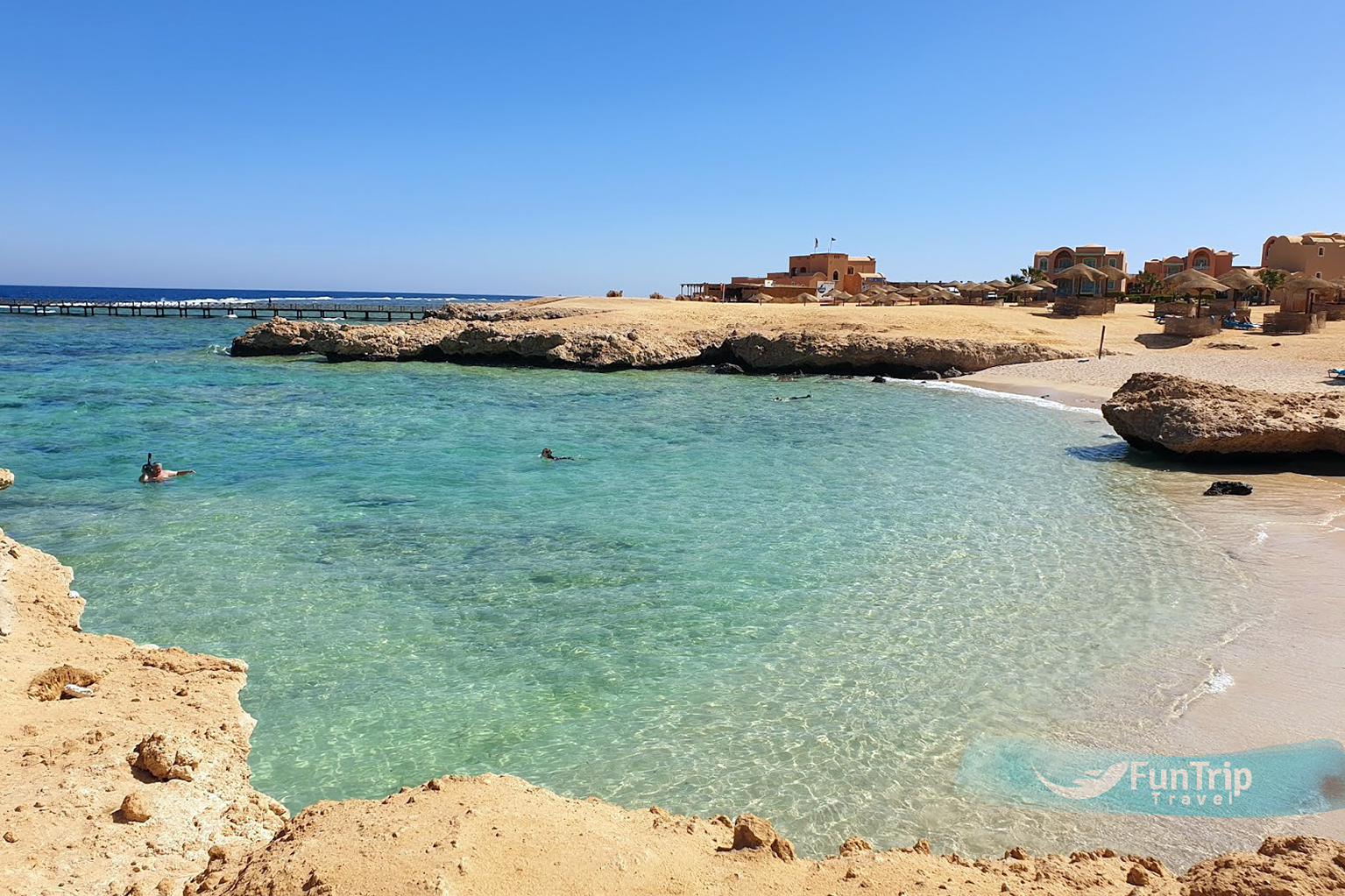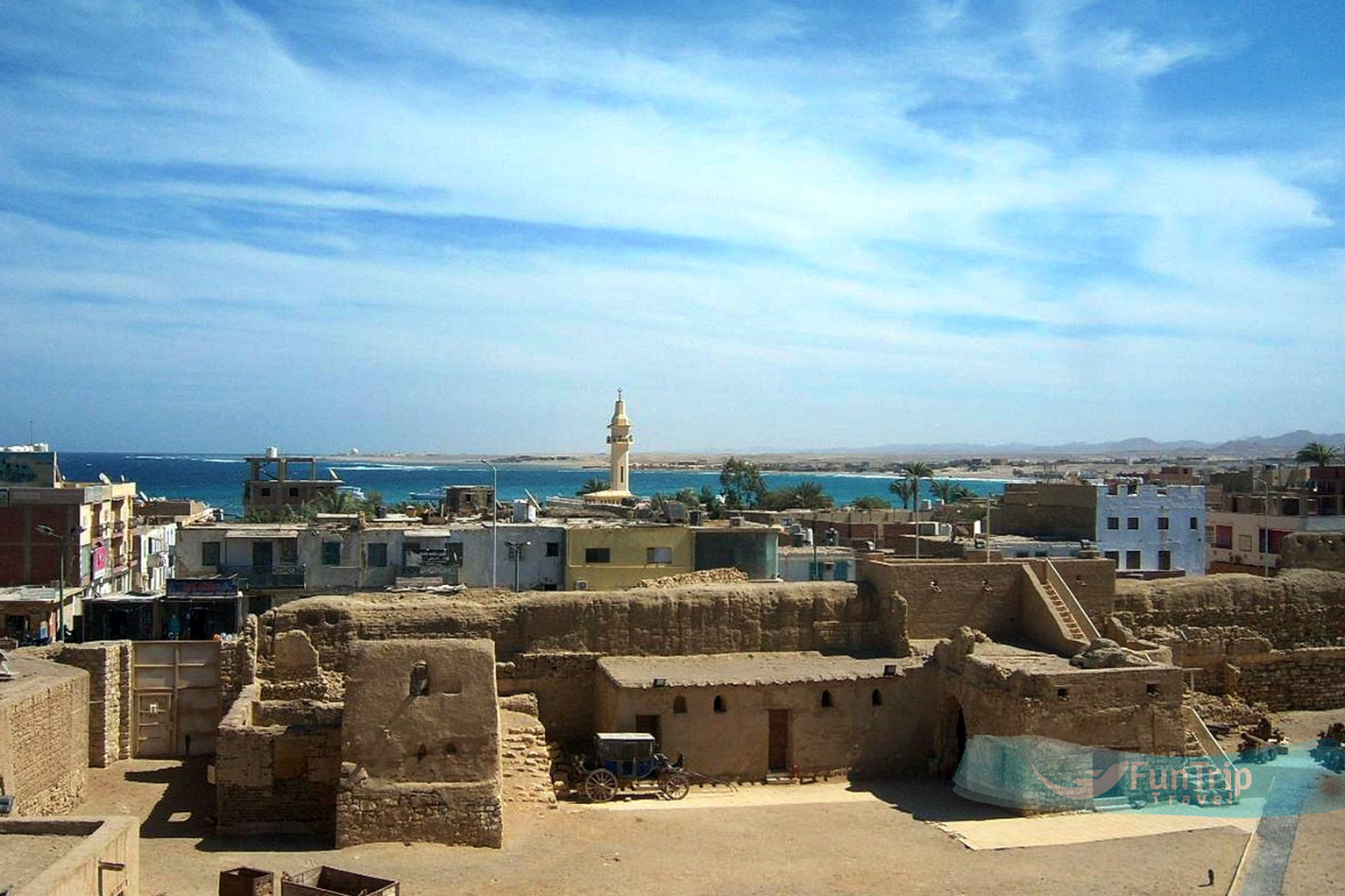Sunny, unpolluted white beaches set against captivating silhouettes of soaring mountains. Nature at its purest, ready to heal aching bodies buried beneath its black curative sand.
clean breeze, intoxicating tired souls with its unparalleled freshness and melodic serenity. “Safaga” is an ideal destination that has it all. Safaga excels in providing rare and natural remedies for common illnesses such as psoriasis and rheumatoid arthritis due to its abundance of fresh mineral springs, black sand dunes, and clean air. As a result, Egypt’s first female Pharaoh, Queen Hatshepsut, is said to have suffered from psoriasis and would regularly travel from Luxor to Safaga to be buried beneath its black clay sand, establishing the town as a treasured healing destination since ancient times. Safaga has grown significantly from a small merchant port surrounded by an inactive village to Egypt’s new thriving tourist destination.

EXPLORE. CONNECT. CREATE MEMORIES
El-Quseir
Located 146 km south of Hurghada, is a world away from the resort towns that dominate the Red Sea region. Al-Quseir, a mediaeval port town, has managed to preserve its unique coral-block architecture, with narrow squiggles of lanes rimmed by colourful crumbling buildings with mashrabiya (lattice) windows and painted doors. The real joy of a visit here is simply meandering through the alleyways, checking out the creaky, dilapidated architecture, and enjoying the charming sense that time somehow forgot this jewel of a place.

Wadi Hammamat and Barrameya
Visiting the rock inscriptions of Egypt’s Eastern Desert provides some insight into the region’s deep and ancient history. Throughout history, trade routes have cut through this rugged landscape. Wadi Hammamat, which runs along the Qift-Quseir route, and Barrameya are both littered with evidence of human history. A 4WD tour of these Eastern Desert areas is an interesting Red Sea excursion for travellers interested in history. From the Pharaonic era to the early twentieth century, passing travellers used the rock faces as a canvas, depicting everything from hieroglyphics to animal scenes in abundance.

Ottoman Fortress
This small fortress was constructed in 1571 to give Ottoman troops control of the port and thus passage to Mecca. It was used by the Egyptian coast guard until 1975, after being modified several times by the French and then by the British, who permanently altered the fortress by firing 6000 cannonballs upon it during a heated battle in the nineteenth century. It is now the best sight in town, thanks to a recent renovation. Much of the original exterior walls have been preserved, and the interior has been thoroughly renovated. Some rooms have interesting information boards about Al Quseir’s history, trade, and people. The North Bastion has a small exhibition about the local Ababda tribe, and there are displays explaining the trading routes across the desert to the Nile and down the Red Sea, as well as what was traded. A staircase in the watchtower provides panoramic views of the town and port.

